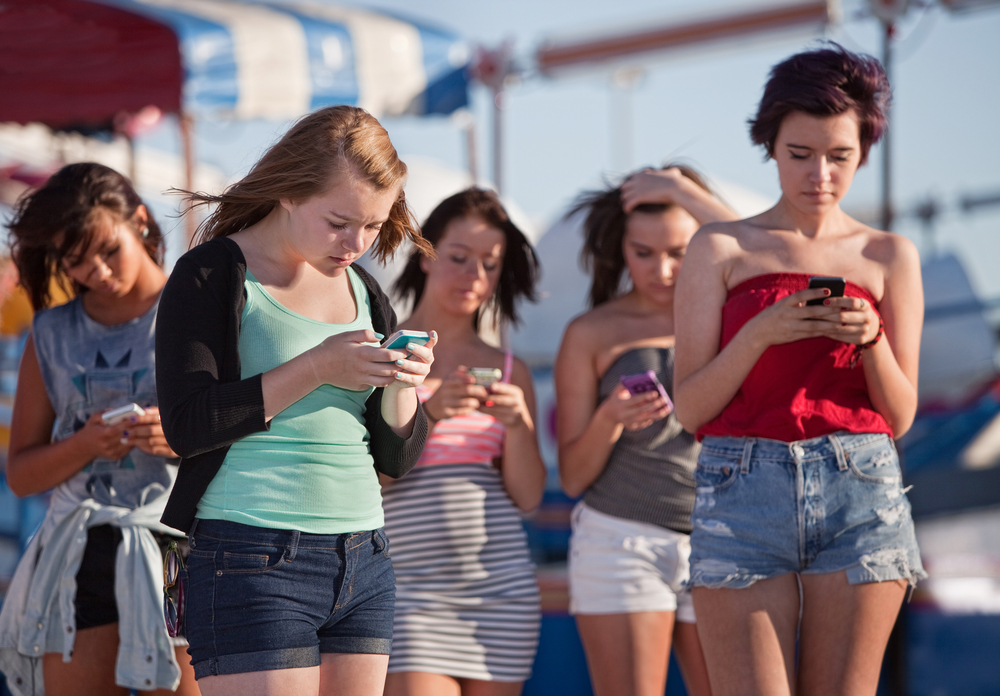Shooting Highlights Dangers of Distracted Living

If a murderer pointed a handgun directly at you, you'd notice, right? A recent incident in San Francisco proves that you might not — if you're staring at a cellphone.
Nikhom Thephakaysone boarded a crowded Muni train near San Francisco State University in September, and a security video now reveals that he repeatedly took out a .45-caliber gun and pointed it directly at passengers. But even after brandishing the loaded weapon several times, not one passenger noticed him, distracted as they were by their cellphones and tablets.
Only after Thephakaysone allegedly shot and killed Justin Valdez, a 20-year-old college student who was on the train, did the oblivious passengers take notice. "These people are in very close proximity with him, and nobody sees this," District Attorney George Gascón told the San Francisco Chronicle. "They're just so engrossed, texting and reading and whatnot. They're completely oblivious of their surroundings." [The 10 Most Disruptive Technologies]
The fatal shooting that occurred in San Francisco — and the way the alleged killer was repeatedly ignored by dozens of people — highlights the degree to which people are increasingly absorbed in cellphones and other devices, to the extent that they're endangering their own lives and the lives of others.
In 2009, Western Washington University psychology professor Ira E. Hyman hired a clown to ride a unicycle on the college's campus. Only 25 percent of pedestrians who were using cellphones noticed the unicycling clown, according to a study published in the journal Applied Cognitive Psychology, a finding that Hyman and his colleagues attributed to "inattentional blindness."
And a study published earlier this year found that the rates of cellphone-related injuries among pedestrians have climbed rapidly in recent years: More than 1,500 pedestrians were treated for such injuries in 2010, compared with fewer than 600 injuries in 2007. "If current trends continue, I wouldn't be surprised if the number of injuries to pedestrians caused by cellphones doubles again between 2010 and 2015," Jack Nasar, a researcher at Ohio State University and study co-author, said in a statement.
"What happens to public places when everybody is talking on a cellphone? Everyone is somewhere else," Nasar told the Chronicle in response to the San Francisco shooting. "Someone can take a gun, hold it up, and nobody will notice it."
Get the world’s most fascinating discoveries delivered straight to your inbox.
Police in the San Francisco area find that cellphones are a mixed blessing to law-enforcement officials. "I'm not going to say we don't appreciate the cellphone videos that we have gotten on so many occasions that have helped us solve crimes," San Francisco Police Chief Greg Suhr told the Chronicle. "But it makes people so incredibly vulnerable to crime."
Two out of every three robberies in San Francisco involve cellphones, Suhr said, and the victims often can't provide information to help police find the culprits because they're too preoccupied prior to the theft. "When you interview people who get their phones stolen — when you ask them to describe where the person came from, what he was wearing — they have no idea," Suhr said.
Suspect shooter Thephakaysone was arrested shortly after the killing; he is also being charged with possession of an illegal assault rifle and for an assault that occurred earlier on the same day Valdez was shot.
Follow Marc Lallanilla on Twitter and Google+. Follow us @livescience, Facebook & Google+. Original article on LiveScience.



